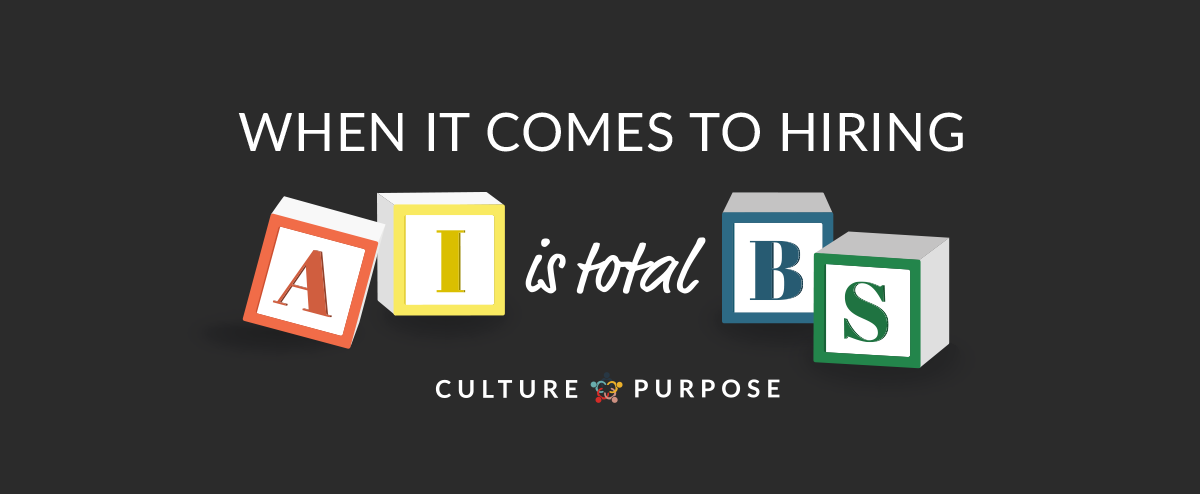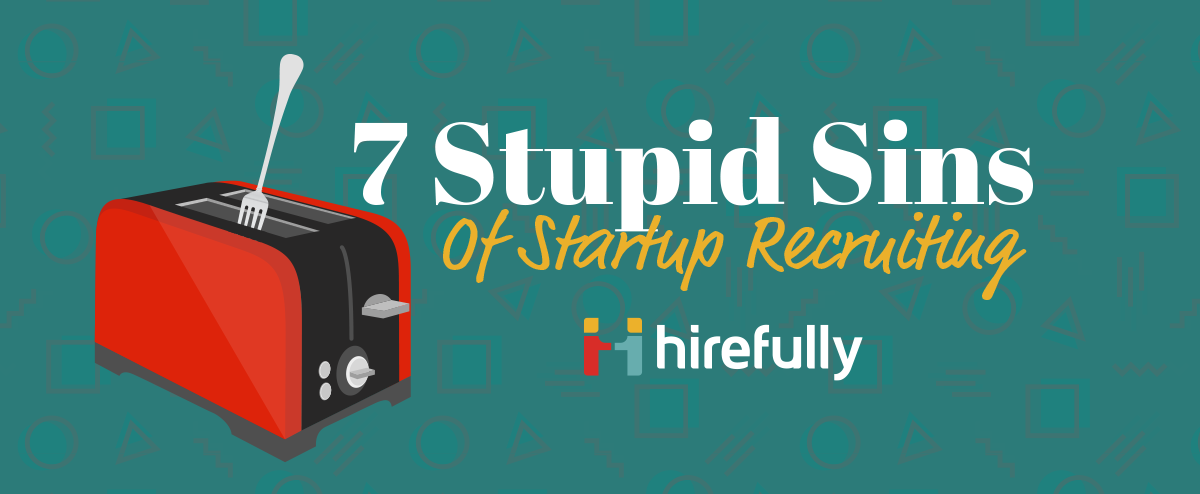
Technology allows us to rely heavily on algorithms to simplify many tasks. Math frequently outperforms human thinking by ignoring emotion and delivering rational decisions. In many cases, we’re thankful for these shortcuts, but as Cathy O’Neil points out in her book, Weapons of Math Destruction,there are often biases written into algorithms that distort society. We shouldn’t always choose artificial intelligence over authentic intuition.
Hiring is one domain where algorithms are increasingly being used to choose who gets hired and who doesn’t. Have you ever been asked to take a cultural assessment (read: personality test) in order to proceed with an interview? Sometimes, the test comes at the beginning of the hiring process; other times, it’s after you’ve met with a few team members. Either way, it’s total BS.
If anyone was going to master ‘predictive hiring,’ it would be a professional sports organization. When it comes to building teams that win championships, vast amounts of money have been invested in the search for excellence. In the sports world, getting recruiting and selection right can prove to be very lucrative to team owners.
Hockey players are scouted early in life. Before they reach the semi-professional ranks, they have been the subject of performance tracking for many years. Despite nearly perfect historical data on every player, teams still choose players that underachieve and miss the chance to draft seemingly mediocre peers that go on to dominate in the National Hockey League. Some of the best goalies of all-time, like Curtis Joseph and Eddie Belfour, weren’t even drafted. Other players, who now sit at the top of NHL point leaderboards, were passed over 100+ times before being chosen.
| Name | Year Drafted and Pick Number | Position on the 2016-17 Points Leaderboard |
| Jamie Benn | 2007, No. 129 | No. 16 |
| Joe Pavelski | 2003, No. 205 | No. 21 |
| Henrik Zetterberg | 1999, No. 210 | No. 26 |
For every player who is selected late and turns out to be a star, there are equally as many players drafted early who failed miserably. I’d remind you of their names, but you probably wouldn’t remember them – you can see the top 10 NHL Draft busts here
This doesn’t just happen in hockey, it’s a regular occurrence in all team sports. If analytics doesn’t work for professional sports, it’s not going to work for most hiring
Performance-based statistics can be useful to guide decision-making, and will verify those obviously excellent athletes and performers that you, and everyone else, can readily identify (hello Connor McDavid). But statistics omit two major considerations for forming a complete picture of talent.
Firstly, grit and heart, fundamental intangibles possessed by every top performer, aren’t variables you can measure on a spreadsheet. Secondly, hiring isn’t about who is the best, it’s about who is going to be the best teammate. It doesn’t matter how good your player is if he or she doesn’t make the whole greater than the sum of its parts.
Beyond the questionable efficacy of analytical hiring, it simply doesn’t match market realities. Talent is scarce. Once you find it, it’s even harder to secure. Surely we should be trying to rule-in candidates rather than rule them out. This raises the question of why some companies continue to leave such critical decisions up to a wishy-washy science instead of going with their gut and owning the decision?
Companies turn to testing to address and reverse symptoms such as high turnover, low morale, and poor performance. The glaring problem here is that poor hiring is not solely to blame for these issues, they are just as likely to result from poor employee engagement. By choosing assessments to fix fundamental people problems, these companies are effectively instilling more confidence in algorithms than their own leaders. So much for the trickle-down effect.
If you’ve been ruled out of a job because you weren’t deemed a cultural fit by a test, don’t be angry. Be thankful. The next time you’re asked to take an assessment as part of an interview process, ask what percentage of their employees have taken the test. If it hasn’t been validated against their current performers, who’s to say it can accurately predict how you’ll fit in?
Hiring is hard. It takes a leader with wisdom, creativity, insight and experience to build a great team – not statistics, patterns, algorithms or AI. If a cultural assessment is part of a company’s hiring best practices, don’t work there. You’ll be better off elsewhere.

